Tips for getting natural, candid shots at a wedding

Weddings are special occasions filled with genuine emotions, and capturing these moments authentically is the goal of every wedding photographer. Natural and candid shots have the power to evoke heartfelt memories and bring a sense of nostalgia when revisited. If you're a photographer looking to enhance your skills in capturing these beautiful moments, here are some valuable tips to consider.
Introduction
Wedding photographs hold sentimental value, and candid shots play a crucial role in preserving the true essence of the day. Candid photos capture the raw emotions, unscripted moments, and spontaneous interactions that make each wedding unique. By following these tips, you can master the art of capturing natural shots that truly reflect the love and joy shared during weddings.
Preparing for the Shoot
- Familiarize yourself with the wedding venue: Prior to the event, visit the wedding venue to scout for ideal locations and lighting conditions. This will help you plan your shots better and make the most of the available settings.
- Meet the couple and understand their vision: Spend time with the couple to learn about their personalities, preferences, and any specific moments they want you to capture. Understanding their vision will help you tailor your approach accordingly.
- Plan for key moments and emotions to capture: Discuss with the couple the important events throughout the day, such as the first kiss, speeches, or emotional exchanges. Knowing what to anticipate will allow you to be ready when these moments occur.
Gear and Settings
- Choosing the right camera and lenses: Invest in high-quality equipment suited for wedding photography. Opt for cameras with excellent low-light capabilities and a variety of lenses to capture different perspectives.
- Recommended camera settings for candid shots: Shoot in manual mode to have full control over the exposure. Set a wide aperture (low f-stop number) to create a shallow depth of field and blur the background. Use a fast shutter speed to freeze motion and avoid camera shake.
Composition and Framing
- Rule of thirds and leading lines: Compose your shots using the rule of thirds, placing the main subjects off-center for a more balanced composition. Incorporate leading lines, such as pathways or architectural features, to guide the viewer's eye.
- Incorporating the surroundings and details: Include elements from the wedding environment, such as flowers, decorations, or scenic landscapes, to add depth and context to your shots.
- Capturing candid moments from a distance: Use a telephoto lens to capture intimate moments from afar without intruding on the couple or guests. This allows you to preserve their genuine expressions and emotions.
Lighting and Timing
- Utilizing natural light effectively: Take advantage of natural light whenever possible. Position the couple strategically to make the best use of available light sources, such as windows or soft outdoor lighting.
- Understanding the best times for outdoor shots: Schedule outdoor sessions during the golden hour, shortly after sunrise or before sunset, when the light is soft and golden. This provides a warm and flattering glow to your photographs.
- Using flash discreetly and creatively: If the lighting conditions are challenging, use flash sparingly and opt for off-camera lighting techniques. Soften the flash with diffusers to avoid harsh shadows and create a more natural look.
Interacting with the Couple and Guests
- Establishing rapport and gaining trust: Create a comfortable atmosphere by getting to know the couple and their loved ones before the wedding day. Building trust allows people to be more relaxed and natural in front of the camera.
- Directing without being intrusive: Offer gentle guidance and suggestions to help the couple and guests feel at ease during posed shots. Encourage them to interact naturally and capture the in-between moments that showcase their true personalities.
- Encouraging natural interactions and emotions: Initiate activities or prompts that elicit genuine emotions, such as asking the couple to share a secret or whisper something funny to each other. These prompts often lead to heartfelt and candid moments.
Anticipating Moments
- Being proactive and observant: Stay attentive throughout the day, anticipating potential emotional moments or reactions. Be prepared to capture fleeting expressions, tears of joy, or bursts of laughter.
- Predicting emotional moments and reactions: Familiarize yourself with cultural traditions or customs that may evoke strong emotions. Anticipating these moments enables you to position yourself in the ideal spot to capture them.
- Capturing spontaneous laughter and tears: Keep an eye out for spontaneous interactions between the couple, family, and friends. These unplanned moments often result in authentic and heartwarming photographs.
Staying Unobtrusive
- Blending into the background: Avoid drawing unnecessary attention to yourself. Dress appropriately to blend in with the wedding guests, allowing you to capture genuine interactions without disrupting the flow of events.
- Using silent shooting mode: Switch your camera to silent mode to minimize any noise that may distract or interrupt intimate moments. This feature is particularly useful during the ceremony and speeches.
- Avoiding distracting behaviors: Refrain from constantly chimping (checking your camera's LCD screen) or using excessive flash, as these actions can divert attention and disrupt the natural atmosphere.
Post-Processing Tips
- Retaining the natural look and feel: When editing your photos, aim to maintain the authenticity of the captured moments. Avoid excessive retouching that alters the natural appearance of the couple and their surroundings.
- Enhancing colors and contrast subtly: Make subtle adjustments to enhance colors and contrast, giving your photographs a polished yet natural look. Pay attention to skin tones to ensure they remain true and pleasing.
- Highlighting the emotions captured: Use editing techniques to emphasize the emotions captured in your candid shots. Enhance facial expressions and adjust the tonal range to evoke the desired mood.
Managing Expectations
- Communicating with the couple beforehand: Set clear expectations with the couple regarding the style and approach of your photography. Ensure they understand the importance of candid shots and what they can expect from the final result.
- Setting realistic expectations about candid shots: Explain that candid shots are inherently unpredictable, and capturing every single moment is impossible. Help the couple understand that it's the genuine and unscripted moments that truly make candid shots special.
Practice and Experience
- Continuously improving your skills: Keep practicing and experimenting with different techniques to refine your candid photography skills. Attend workshops or engage in online communities to learn from experienced photographers.
- Learning from each wedding shoot: Reflect on each wedding shoot and identify areas for improvement. Analyze the successful candid shots you captured and understand what worked well in each scenario.
Conclusion
Capturing natural, candid shots at weddings requires a combination of technical skills, creativity, and interpersonal communication. By following these tips, you can enhance your ability to document the genuine emotions and moments that unfold throughout the day. Remember, each wedding is unique, so adapt these suggestions to suit the couple's vision and your own artistic style.
FAQ
-
Can I still take posed shots alongside candid ones?
- Absolutely! Posed shots can complement candid ones by providing a more formal and traditional representation of the couple and their loved ones.
-
How do I handle low-light situations for candid shots?
- In low-light situations, use a wider aperture, increase your ISO settings, and consider using a tripod or other stabilization techniques to maintain image quality.
-
What if the couple feels uncomfortable being candid?
- Build a rapport with the couple before the wedding day to make them feel more at ease. Encourage natural interactions and provide gentle guidance to help them relax in front of the camera.
-
Should I use burst mode for capturing candid moments?
- Burst mode can be useful for capturing fast-paced candid moments with multiple frames. However, use it sparingly to avoid overwhelming yourself with too many similar shots.
-
What if I miss an important candid shot?
- Remember that not every moment can be captured. Stay focused, anticipate key moments, and be ready to adapt quickly. If you miss a shot, don't dwell on it and continue capturing the other special moments throughout the day.

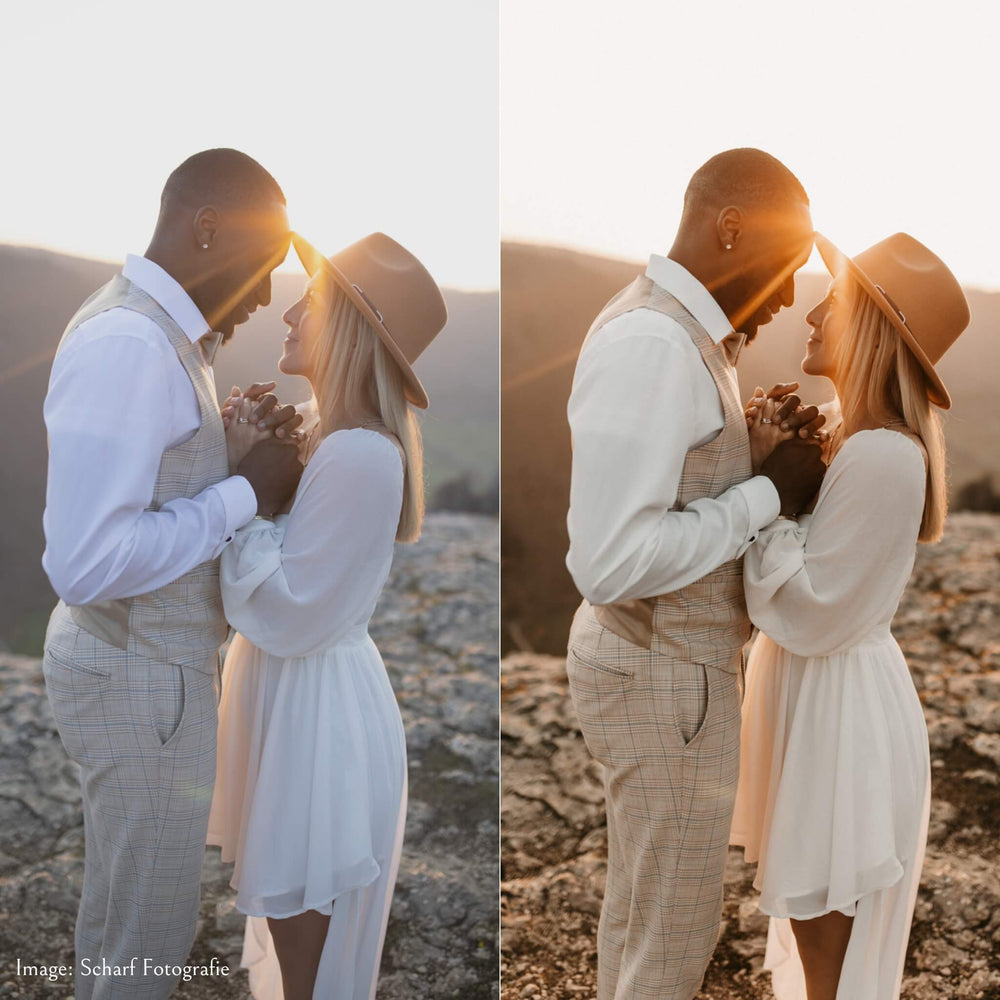

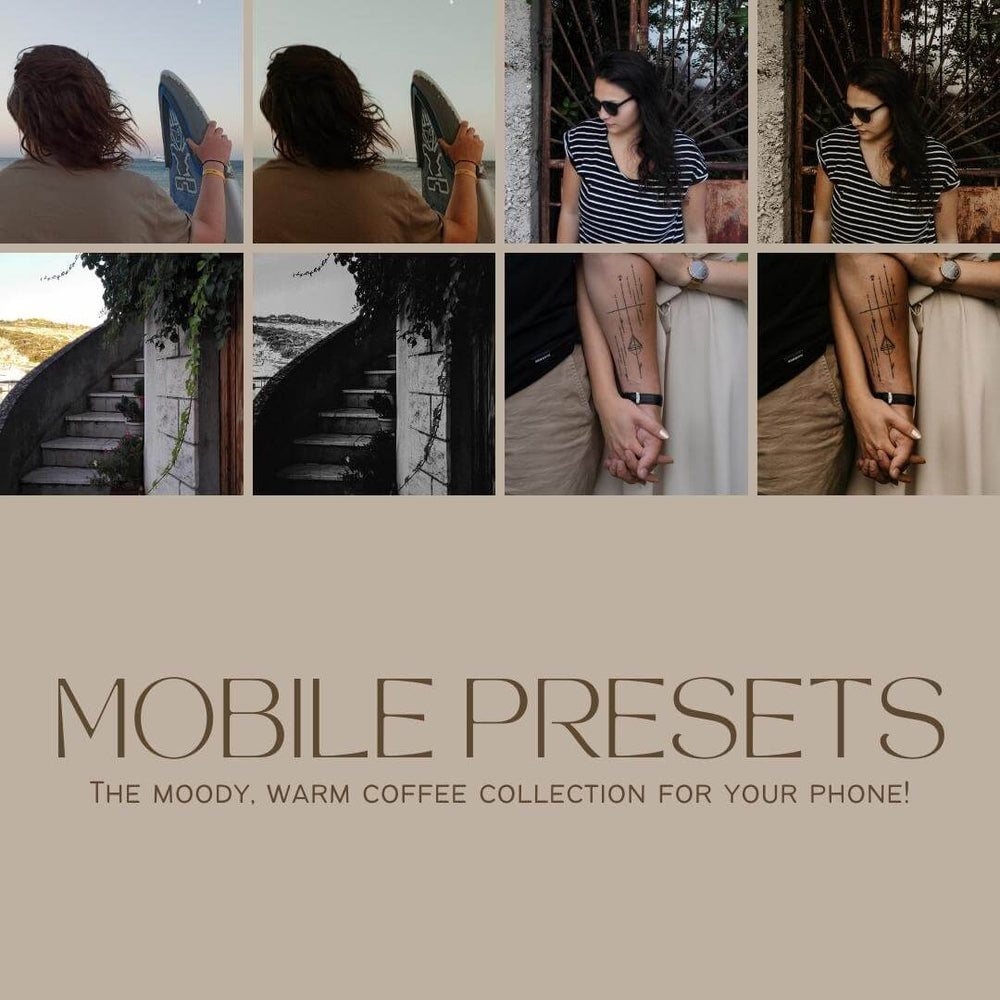



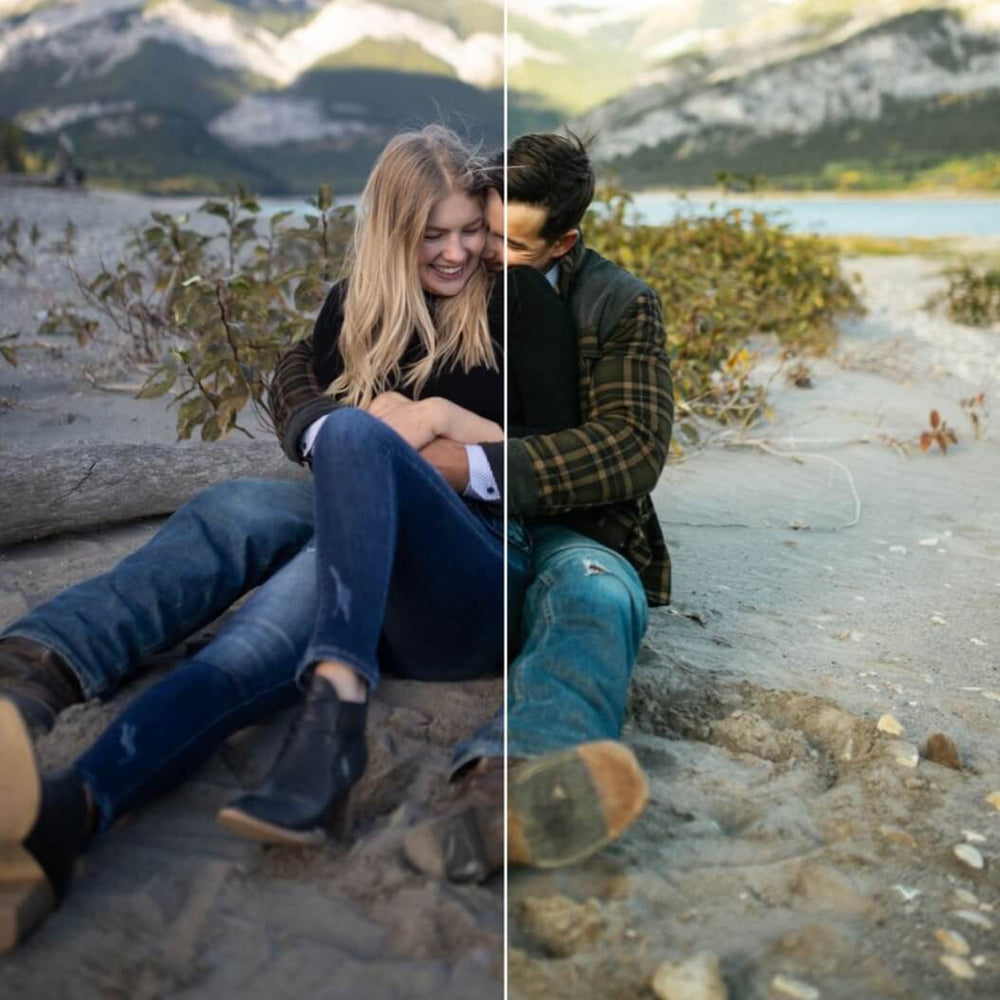

![[NEW] Clean Collection Presets Mobile - bitesandtickles](http://bitesandtickles-shop.com/cdn/shop/products/new-clean-collection-presets-mobile-256234.jpg?v=1685723321&width=1000)



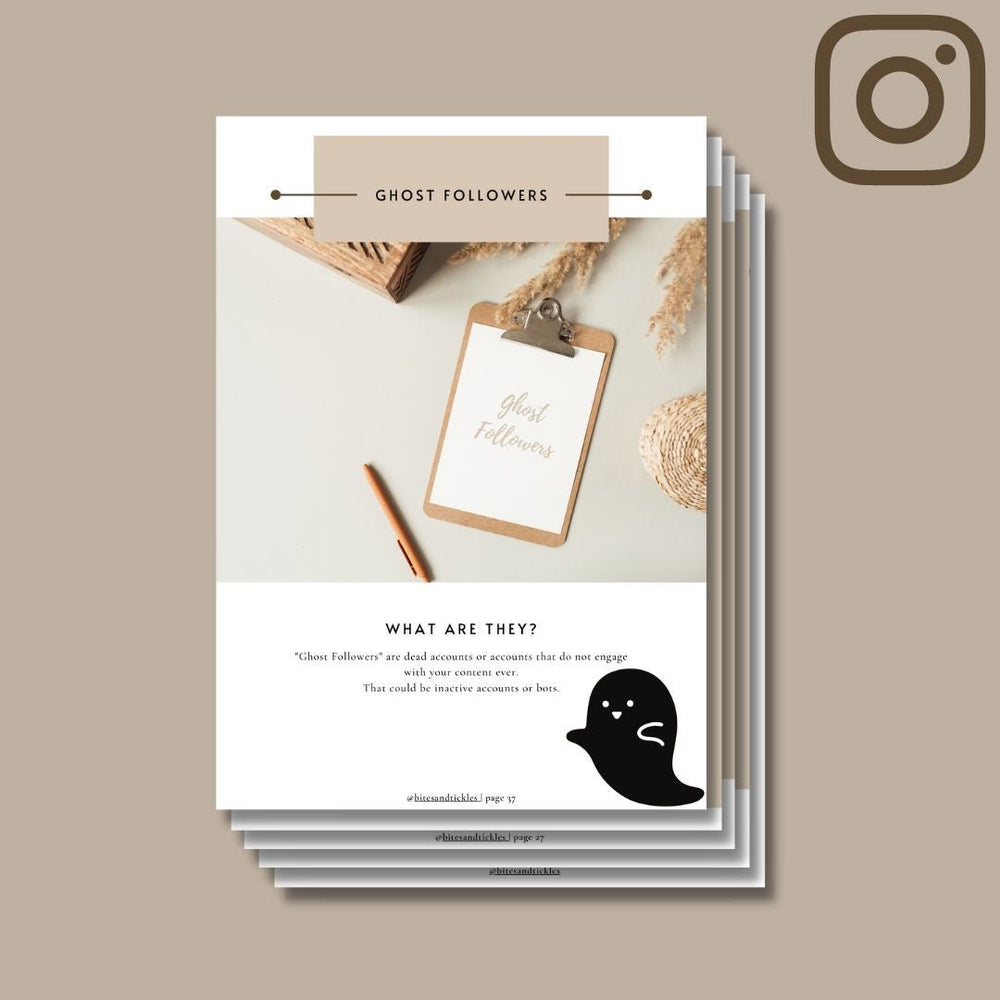

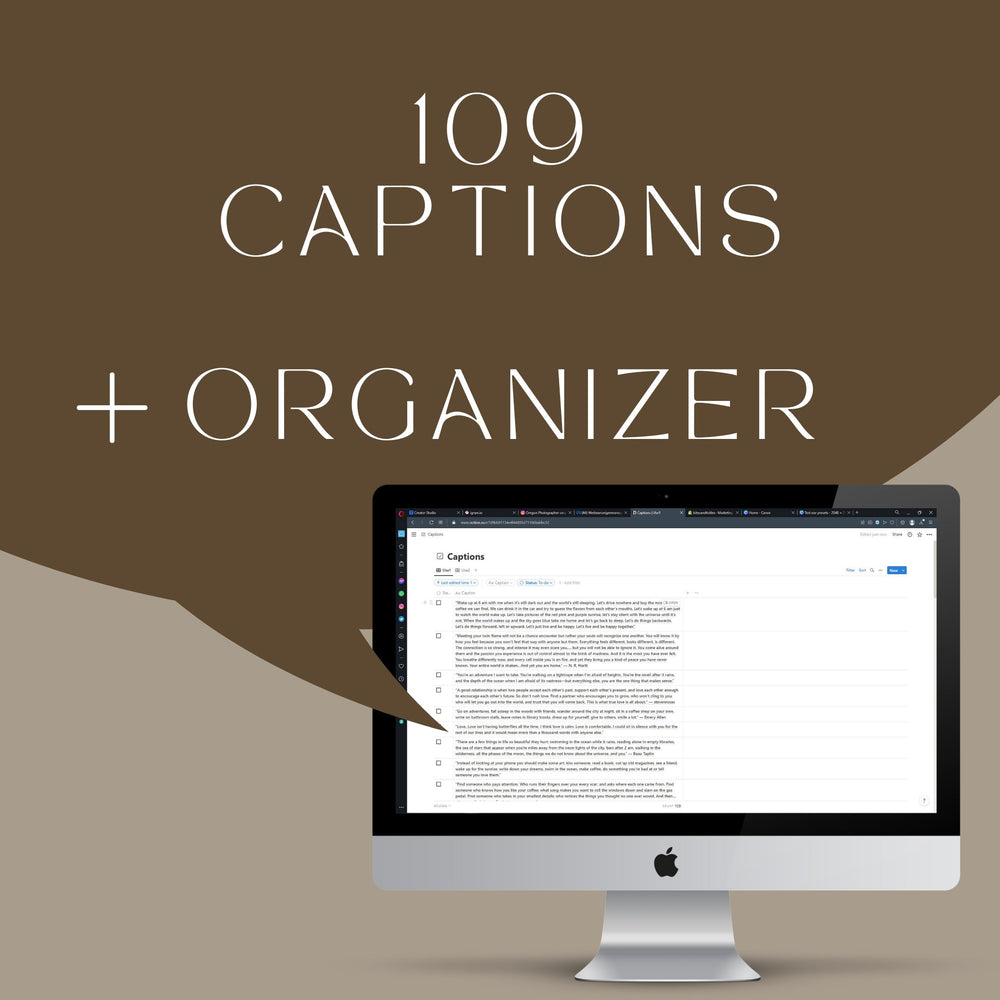



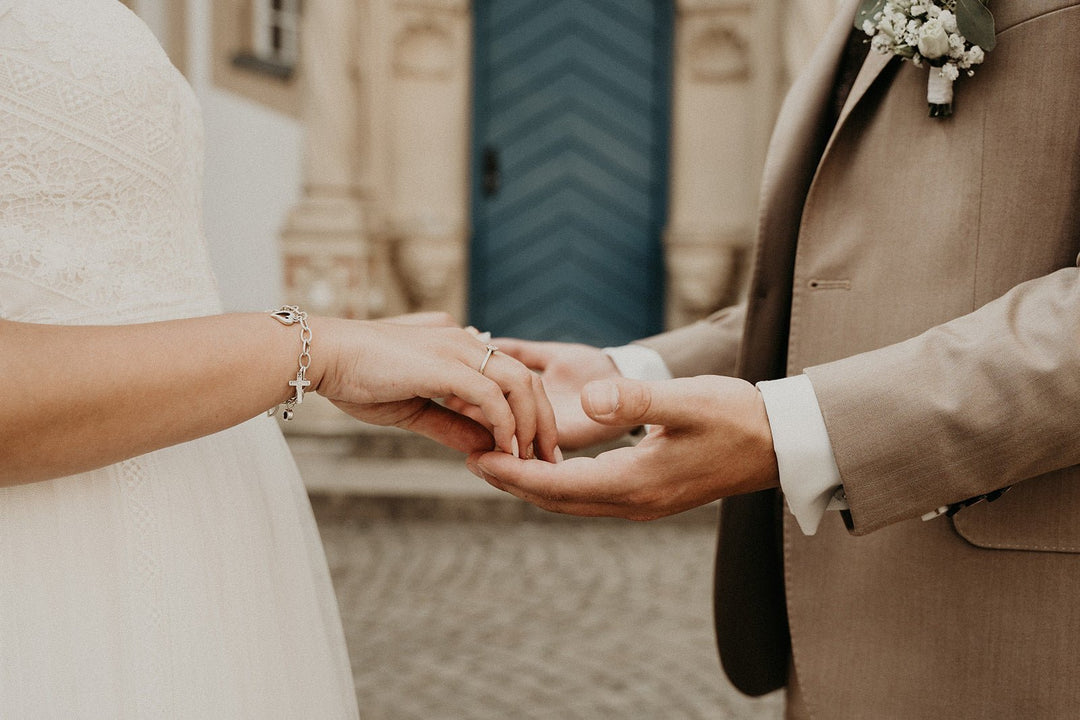


Leave a comment